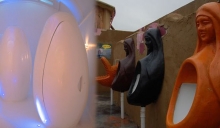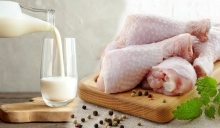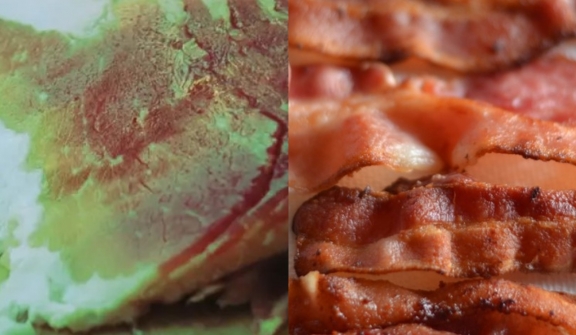
Have you ever been startled by the sight of your bacon turning a peculiar shade of green-blue?
This iridescent sheen might have you questioning the freshness of your bacon and contemplating whether to discard it.
However, there's a scientific explanation for this phenomenon that might surprise you.
A Rediit user baffed after realizing their bacon turned green after a shot time opening a pack of their bacon.
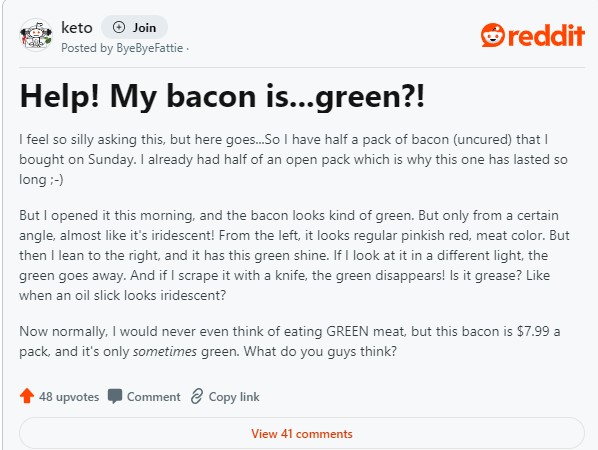
They admitted that it felt silly to ask, but they had no idea why their bacon turned green after they had used half of an open pack.
A Reddit user explained: "But I opened it this morning, and the bacon looks kind of green. But only from a certain angle, almost like it's iridescent! From the left, it looks regular pinkish red, meat color. But then I lean to the right, and it has this green shine. If I look at it in a different light, the green goes away. And if I scrape it with a knife, the green disappears! Is it grease? Like when an oil slick looks iridescent?
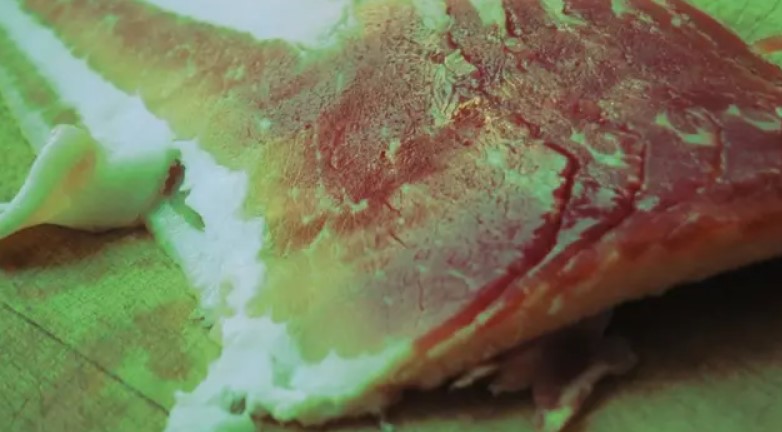
The added: "Now normally, I would never even think of eating GREEN meat, but this bacon is $7.99 a pack, and it's only sometimes green. What do you guys think?"
In the comment selection. Many explained that the green hue is a result of the preservation process.
While another suggested that the extended shelf-life of bacon, is due to the curing process, which involves the use of salt and a chemical known as nitrate,.
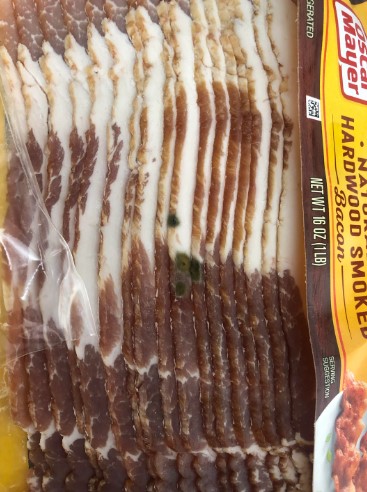
One person said: I'm so glad to hear that nitrates are not as bad as the FAQ suggests. I always felt kind of duped getting the "natural" bacon...next package is going to be FULL of nitrates ;-)
A second wrote: This happens with deli meat. Take a sniff, the nose knows.
While a third commented: It's cut against the grain and they use a flat super sharp knife and this leads to the deli meat effect.
Another added: Green back bacon has as a shadow of green in it, it's normal.
Someone else said: It's adrenaline. It means the animal was stressed out before it was slaughtered.
According to Tender Belly, a renowned pork butcher, there are two types of curing methods: dry curing and wet curing.
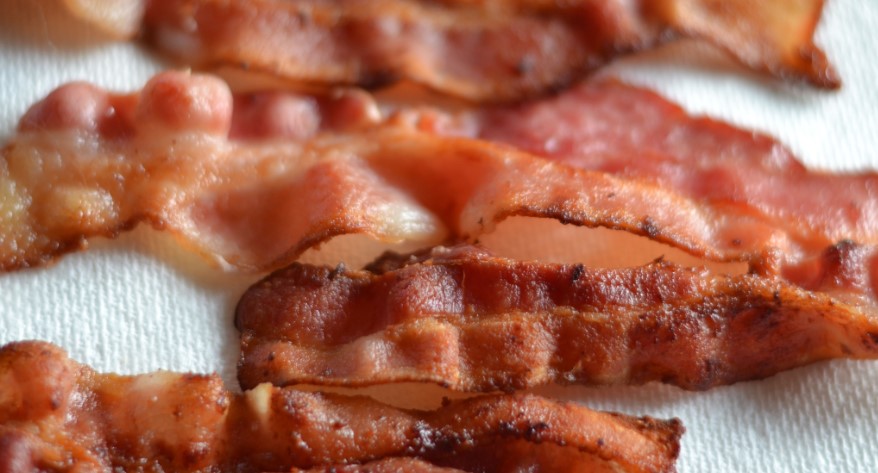
Dry curing is a traditional method that involves rubbing the pork with a mixture of salt, seasonings, and nitrates. The meat is then left to cure for a week before being rinsed off and typically smoked or dried in an oven.
Wet curing, on the other hand, is a quicker process and has become the preferred method for many large commercial brands.
In wet curing, ingredients like salt, sugar, seasonings, sodium nitrate, and other chemicals are mixed to create a brine. The bacon is then either soaked in this brine or injected with it.
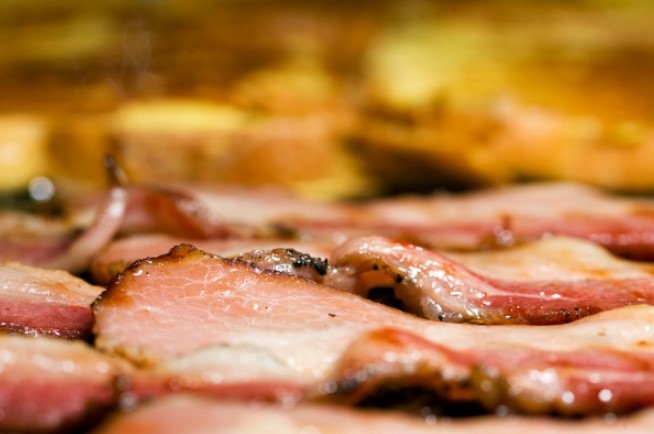
The green hue often seen on bacon is a result of a chemical reaction between the nitrates used in the curing process and a protein called myoglobin found in pork.
It's important to distinguish between the normal green hue caused by the curing process and the appearance of bacon that has spoiled.
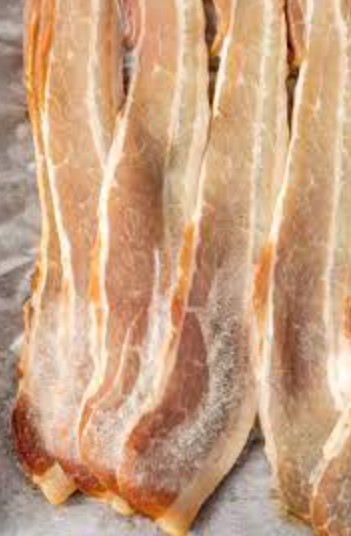
Healthline advises paying close attention to the smell, texture, and appearance of your bacon to determine its freshness.
Spoiled bacon may have a sour smell or a rotting odor, a change in color from its signature red hue to a dull grey, brown, or greenish color, and a slimy or sticky texture rather than being soft and moist.
If your bacon exhibits any of these signs, it's best to discard it as these are clear indicators of spoilage.


